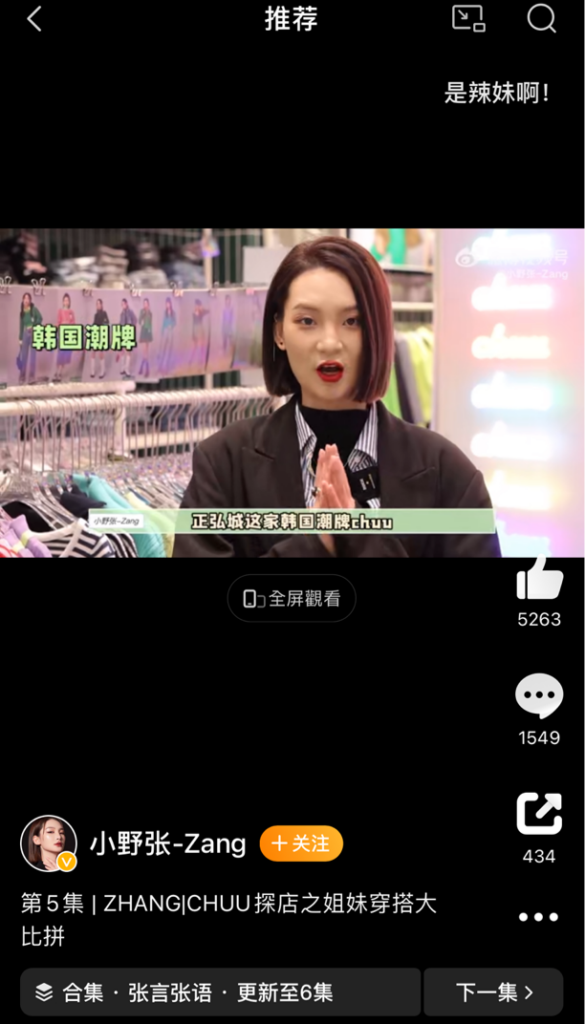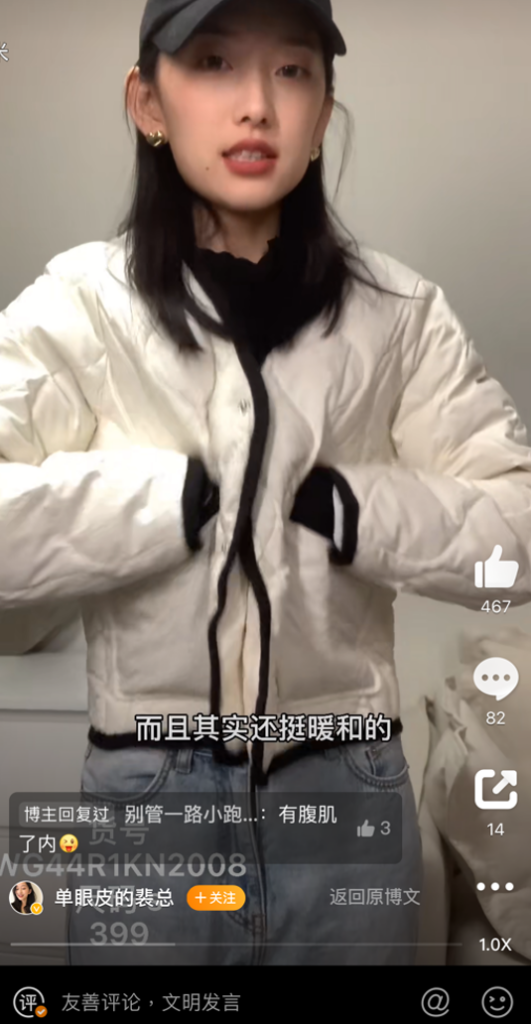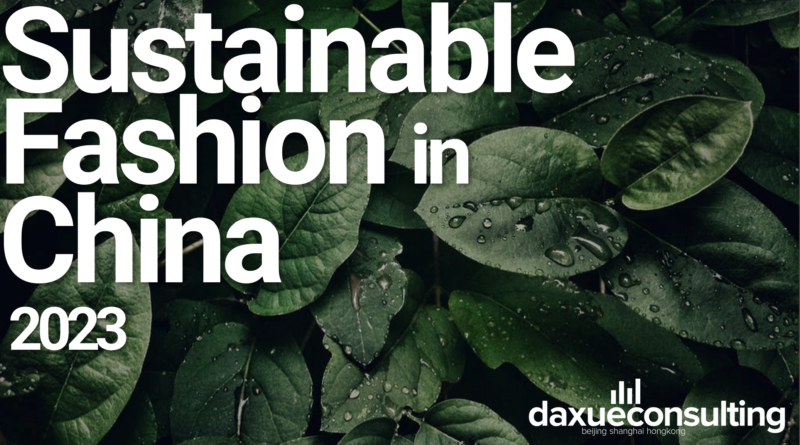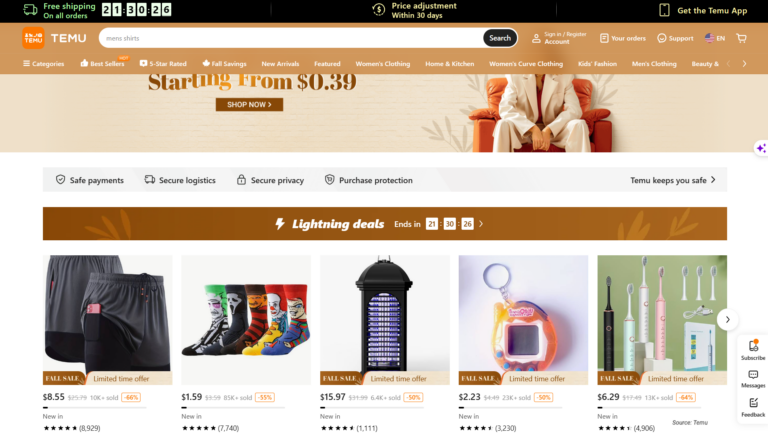China’s fast fashion industry is experiencing significant growth, driven by the country’s position as the world’s largest fashion market. Despite temporary setbacks caused by the COVID-19 lockdown and the Xinjiang cotton scandal, the industry is expected to continue expanding with an annual growth rate of 5.2% from 2023 to 2027. The market value reached 1 billion USD in 2022 and is projected to reach an impressive 1.4 billion USD by 2028.
Fast fashion brands dominate the market in China, offering mass-produced, affordable clothing that appeals to price-sensitive millennials and Gen Z consumers. With a Gen Z population of 220 million, it is crucial for fashion companies to understand and cater to their preferences as they have a strong influence and advanced consumption preferences compared to older consumers.
However, the fast fashion market in China has witnessed the rise and fall of various trendy brands. For instance, H&M has been closing down unprofitable stores in China since 2019, with over 75 closures in just three years. The similar situation can be seen in Zara, Gap, TOPSHOP, and A&F. The current fashion market is dominated by domestic brands, including Li-Ning, Urban Revivo (UR) and Bosideng. According to China Chain Store Franchise Association (CCSFA), over 12% of the top fashion retailers in China have a market capitalization of over 1 billion USD.
The key players and the marketing strategies in China’s fast fashion revolution
Major players like H&M, Zara and Uniqlo already have a presence in the country. However, there are challenges ahead for them. For instance, H&M was blacklisted after the Xinjiang cotton controversy and has closed 60-75 stores, leading to new opportunities for the new entrants.
Some big brands like Urban Outfitters, Asos, and Old Navy have already exited the market, while new entrants like UR and CHUU are on the rise. In 2023, UR ranked first in the Tmall apparel industry on the first day of the Tmall 618 sales event, based on a 4-hour sales report. On the previous year during the 618 event, UR surpassed Uniqlo and became the leading brand in the women’s fashion category. Among various brands, UR is one of the few local fast fashion brands that have expanded to over 100 cities.
Compared to brands that have been in shopping malls for over 10 years, in the past year or two, Korean fast fashion brands such as CHUU, NO ONE ELSE, and Nerdy have also begun occupying offline stores, targeting young people. Among them, CHUU has gained the most popularity and is located in the first-tier shopping malls. On the platform Xiaohongshu (Little Red Book), there are already over 60,000 posts related to CHUU’s fitting and styling notes. Previously, people had to wait for a long time to try on a piece of clothing through delivery, but now they can try on unlimited outfits in CHUU’s physical stores.

China’s fast fashion with emerging e-commerce platforms and the customers’ new preferences
The rise of fast fashion in China is also facilitated by the presence of online platforms. Many fast fashion companies have established an online presence, making it convenient for consumers to shop from their own homes. The influence of social media allows Chinese netizens to discover new brands and follow the latest trends through those platforms, such as Xiaohongshu and Douyin.
E-commerce has played a significant role in the success of fast fashion in China. The country’s cross-border e-commerce export scale has experienced substantial growth, surpassing general trade export amounts. Brands, both international and domestic, have leveraged e-commerce platforms to expand their reach and capitalize on the convenience and popularity of online shopping. Urban Revivo, a Chinese fast fashion brand known as “Zara’s apprentice”, is experiencing significant growth. The brand follows a platform design that is aesthetically similar to Zara’s. On the other hand, Taobao’s iFashion is a platform catering to the younger generation, offering recommendations from fast fashion brands. The 2023 #Taobao iFASHION Silver Needle Clothing Guide s carefully curated based on criteria like youth aesthetics, style, reasonable pricing, and hidden gem brands to create the top 300 deserving hidden gem clothing stores.
Leveraging cost performance ratio and transparent sourcing to stay ahead
In the fast fashion market, buyers can quickly switch from one brand to another and it’s hard to sustain the customers. With the evolution of consumer preferences, domestic consumers have developed a new standard and understanding of clothing “quality.” The higher the Cost Performance Ratio, which means the price of an item is lower while maintaining or improving its quality, the more likely the new generation is to purchase it. In addition, according to a 2022 PwC Global Consumer Insights Survey China report, 74% of Chinese consumers tend to choose brands with traceable sources and a transparent origin, compared to 56% globally, indicating what the customers wish to see on the platform.
Marketing strategies in China’s fast fashion market targeted netizens nowadays
Marketing strategies in the Chinese market have included expanding into new territories through e-commerce, utilizing social media outreach, collaborating with local artists and designers, and employing traditional advertising methods.
For example, the official UR account initiated the topic “UR Worn by Half of the Entertainment Circle” on Xiaohongshu, showcasing the outfits of many celebrities such as Zhao Lusi, Song Zu’er, Yu Shuxin, and Liu Lian. This leverages the influence of Key Opinion Leaders (KOLs) to boost sales. As of June 2023, there are over 100,000 notes when searching for “UR outfits” on Xiaohongshu.
Many UR designers share their work routines, collect consumer feedback, and initiate activities like “Design Department Invites You to Choose Fabrics” on Xiaohongshu. These efforts have received active responses from netizens. Designers also respond to various demands, criticisms, and suggestions from netizens in the comment section, enhancing user engagement and involvement.

There are also collaborations with local designers: for example, in January 2023, fast-fashion brand Zara has collaborated with Chinese designer Calvin Luo to create a range of exclusive womenswear, menswear, footwear and accessories in black and gray for the Chinese market. Brands are working with Chinese designers and manufacturers to create limited-edition products that are only available in China. This helps to build buzz around the brand and tap into the growing demand for unique items among Chinese consumers.
Strategic shift of foreign brands post-XJ cotton scandal
UR’s quiet rise can be attributed to various factors. While the impact of the “Xinjiang cotton” incident and the subsequent boycott effects are often mentioned, it’s evident that external political factors alone do not account for UR’s success. After all, major international brands have reported declining performance not only in China but also in other regions.
In pursuit of alternatives, many international brands are shifting production from Chinese factories to plants in countries like Vietnam, Cambodia, and Bangladesh. But moving does not eliminate their exposure to Xinjiang cotton.
In 2020, Nike, Burberry and PVH, the parent of Calvin Klein and Tommy Hilfiger, have issued assurances that they have ceased buying cotton from Xinjiang, while conducting audits of their suppliers.
H&M, on the other hand, has attempted to regain favor with Chinese consumers by issuing new communications that focus on the importance of the Chinese market. H&M’s attempt to address the issue without mentioning Xinjiang ended up being ineffective.
Embracing eco-fashion and sustainable development for a greener future
In 2022, 11% of Chinese respondents believed that environmental sustainability was irrelevant when purchasing fashion products. The majority of the clothing purchases in China are based on fast fashion trends, resulting in 26 million tons of clothes being thrown away every year, with less than 1% of them being reused or recycled. The main reason being is that there is a stigma around second-hand clothing over hygiene and uncertainty concerns. Yet, 40% of the younger respondents are willing to try second-hand clothing.
Some fashion and apparel brands may not fall under the category of sustainable fashion, but still adopt practices to improve their sustainability, particularly as ESG indicators become increasingly important among consumers, investors, and regulators. For example, many fashion and apparel brands acquire voluntary environmental certifications, adhere to Global Reporting Initiative standards, and commit to other ESG-related standards.
In 2018, fashion stakeholders worked under the framework of UN Climate Change to determine how the larger textile, apparel, and fashion industries may advance toward a comprehensive commitment to climate change. The Fashion Industry Charter for Climate Action was then created with the goal of achieving net-zero emissions by the year 2050.
For instance, FIVE PLUS, a Chinese women’s clothing brand, will integrate a strong sense of environmental responsibility into the brand’s DNA, emphasizing environmental efficiency in product manufacturing, with a focus on sustainable development in the supply chain and fabrics. The brand is currently engaged in extensive collaboration with international suppliers of environmentally-friendly fabrics and has plans to introduce a range of products using biodegradable fiber fabrics in the denim category in the future.
From domestic dominance to sustainable style in China’s fast fashion market
- China’s fast fashion market is experiencing steady growth, with an expected annual growth rate of 8.54% from 2023 to 2027, resulting in an estimated market volume of 314.9 billion USD by 2027.
- Domestic brands dominate the fast fashion market in China, accounting for approximately 70% of the market share, while international brands like H&M and Zara have faced challenges and closures of unprofitable stores.
- E-commerce platforms and social media play a significant role in the success of fast fashion in China, allowing convenient shopping from home and facilitating the discovery of new brands and trends.
- Chinese consumers, especially millennials and Gen Z, prioritize clothing quality, cost performance ratio, and traceable sources when making fashion purchases, driving brands to adapt their strategies to cater to these preferences.
- The fashion industry in China is also witnessing a shift towards eco-fashion and sustainable development, with brands like FIVE PLUS integrating environmental responsibility into their DNA and collaborating with suppliers of environmentally-friendly fabrics.
Read our report on the future of sustainable fashion in China






